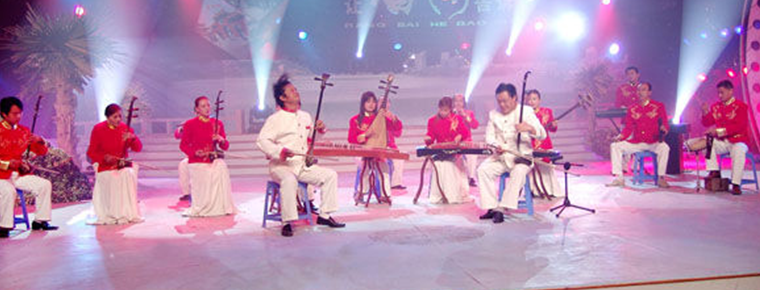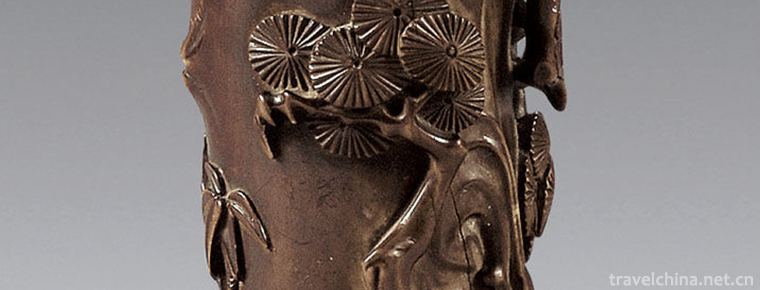Tourist guide to Chengdu Giant Panda Base
Tourist guide to Chengdu Giant Panda Base
Traffic information
Self driving
Chengdu Giant Panda Breeding Research Base is located in Futou mountain, north suburb of Chengdu City, Sichuan Province. It is 10 kilometers away from the urban area. There is a wide panda Avenue connecting with the urban area.
transit
Take bus No. 1, 49, 53, 63, 64, 69, 71, 83 to qinglongchang Bus Center Station, and then transfer to bus No. 198 or 87 to Chengdu Giant Panda Breeding Research Base.
Taxi
The city center chooses to take a taxi to visit the panda base. The fare is about 30 yuan.
metro
Panda Avenue station of Chengdu Metro Line 3
Scenic spot tickets
Opening time: 8:00 a.m. - 18:00 p.m., open all year round.
Ticket Price:
58 yuan per person time
Half price tickets for minors aged from 6 years (excluding 6 years old) to 18 years old (including 18 years old), full-time undergraduate students or below: 29 yuan / person (please show your household registration book, resident ID card or student ID card; Hong Kong, Macao, Taiwan and other inbound tourists should present valid ID cards such as "Hong Kong and Macao residents' mainland travel permit", "Taiwan residents' mainland travel pass" or student ID card);
Half fare for 60 years old (including 60 years old) to 70 years old (excluding 70 years old): 29 yuan / person (please show the elderly preferential treatment card);
Group ticket for primary and secondary school students: 29 yuan / person (please show the letter of introduction of the school);
Adult group ticket: 53 yuan / person (please show the letter of introduction).
Free ticket policy:
Children under 6 years old (including 6 years old) are free from admission;
Elderly people over 70 years old (including 70 years old), retired personnel, old Red Army, disabled persons and active servicemen can enter the park free of charge with valid certificates and their own ID cards (one accompanying person can be exempted for class I disability).

Tourist guide to Chengdu Giant Panda Base
-
Portuguese chicken
The Portuguese chicken is one of the representative dishes in Macao. It's a Portuguese food from Africa and India. It's made of whole chicken
Views: 250 Time 2018-11-14 -
SiMian Mountain Scenic Area
The Simian Mountain is located in the remnants of the northern slope of Dalou Mountain in Yunnan-Guizhou Plateau, which is an inverted mountain in geology. Located in the south of Jiangjin District of
Views: 221 Time 2018-12-12 -
Jiuhuangshan Ape King Cave Scenic Area
Jiuhuangshan Ape King Cave Scenic Area, located in Beichuan Qiang Autonomous County of Mianyang, Sichuan Province, is the largest karst cave in southwest China and a famous tourist cave in Western Chi
Views: 157 Time 2018-12-22 -
Gongchangling Hot Spring Skiing Ground
Gongchangling Skiing Ground is located in Tanghe Scenic Area of Gongchangling, Liaoyang City, Liaoning Province. It covers an area of 100 hectares and is a national AAA-class tourist attraction.
Views: 134 Time 2019-01-12 -
Bai people circle three spirits
Bai people around Sanling, a traditional festival in Dali Bai Autonomous Prefecture, Yunnan Province, is one of the national intangible cultural heritage.
Views: 275 Time 2019-04-03 -
Major tune
The major tune was originally called "drum tune". Varieties of Quyiqu. It was first prevalent in Kaifeng, Henan Province, and then spread to Luoyang, Nanyang and other places.
Views: 377 Time 2019-04-23 -
Yueqing Poplar Wood Carving
Yueqing boxwood carving, a kind of ornamental round carving art with boxwood as its material, is mainly popular in Houhengcun, Wengyuan Street and Lecheng Street of Liushi Town in Yueqing City,
Views: 130 Time 2019-05-11 -
Lichuan lantern song
Lichuan Lantern Song is a traditional folk dance that originated in Baiyang area of Lichuan City. Many folk songs in Lichuan Lantern Song and the ancient bamboo branch song inherit in one continuous l
Views: 176 Time 2019-05-13 -
Shouning North Road Drama
Shouning North Road Opera, commonly known as Fujian Random Bomb and Hengshao Opera, came into being after Random Bomb entered Fujian in the mid-Qing Dynasty, such opera troupes as road work, off-road
Views: 155 Time 2019-06-15 -
Tongzhou Bangzi
Tongzhou Bangzi originated in more than ten counties of Dali (Gutongzhou) Center in the east of Guanzhong, Shaanxi Province. Accompanied instruments, besides drum beating, are also named for their str
Views: 113 Time 2019-06-21 -
Beijing University of Chinese Medicine
Beijing University of Traditional Chinese Medicine is a national key university with traditional Chinese medicine as its main subject. It is directly under the management of the Ministry of Education.
Views: 150 Time 2019-09-22 -
Nanchong population
By the end of 2019, Nanchong had a total household population of 7 million 237 thousand and 100, with a decrease of 45 thousand and 400 compared with 2018. Among them, 3.778 million were male and 3.459 million were female; 2.076 million were urban
Views: 386 Time 2020-12-17










